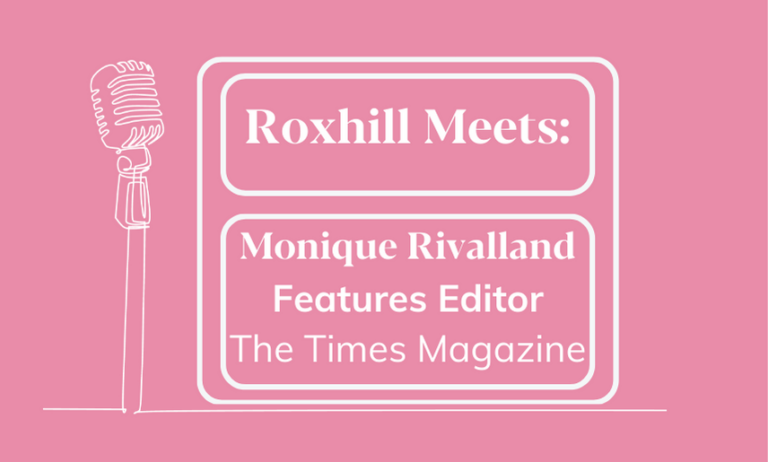After months of grounded planes, empty hotels and silent tourist attractions, the FCO’s Covid travel restrictions were finally scrapped last week to the delight of the travel industry and travel writers everywhere.
But the publication of the long-awaited “travel corridors”, a list of countries that are exempt from the UK’s quarantine rules, probably had even the most seasoned hacks reaching for their globes. As well as Greece, Spain and France, the 59 nations announced in early July included the lesser visited islands of St Pierre and Miquelon, little splodges of France adrift off the coast of Newfoundland in Canada.
This latest chapter in the industry’s fraught lockdown journey has been characterised by confusion and state dithering. As a result, the summer holiday hopes of millions remain up in the air (or not). Inside the control tower of travel hackery, meanwhile, overworked editors are, well, quite positive, actually.
The advertising crash that posed such an immediate threat is still grave. But the curve is flattening. “The start of lockdown feels like a long time ago now,” says Duncan Craig, travel editor at The Times and The Sunday Times. “Writers, and the wider public, are travelling again. Paginations are rising. Advertisers are circling. It’s all rather encouraging.”
At the Daily Mail, travel editor Mark Palmer went back up to eight pages of Escape on 4 July, AKA “Super Saturday”, from six in lockdown – a challenge with zero ads – and down from the usual ten. Crucially, he suddenly had half a dozen ads on his flat plan, including for travel insurers and cruise lines. “It’s very encouraging,” he adds, echoing Craig.
Turbulence remains, of course. At FT Weekend, Tom Robbins says advertising remains tough, as does the paper’s loss of its successful events business. “The big impact being that our freelance budget has been cut across the Weekend paper, with an almost complete freeze on new freelance commissions,” he says.
Yet Robbins says he has relished the challenge of pandemic commissioning. A wistful “Wish I Were There…” series, largely by reporters from across the FT, did well, he says. But he now finds himself in a tricky transition.
“I think those kind of lockdown memoirs, with wry asides about Zoom calls and beards, are pretty much done now,” he adds. “But it still seems strange to run conventional destination travel pieces with no reference to the pandemic. It has changed everything after all.”
Robbins now looks for more tangential references. “Maybe it’s just this type of trip is becoming more popular due to the social distancing it permits, or maybe now’s a wonderful time to go because it’s so empty,” he says. Robbins has run stories about a secluded luxury resort in Utah, rising demand for off-grid cottages and postcards from Iceland and Stonehenge.
In a sign we’re still way off the old normal, Lisa Minot at The Sun says freelance budgets are loosening a little if only because she lacks “copy suitable for post-Covid use”. She too is calling time on heavily lockdown-themed stories yet is looking for “positive, good news, innovative ways to approach new restrictions, and more off the beaten track destinations”.
The easing of restrictions has also brought back the press trip. Palmer was sending a journalist on the Mail’s first press trip as we spoke. “We’re very keen because without ads we’ve used up a lot of copy and haven’t been able to replenish it,” he says.
Europe is very much on, says Palmer, who has blown his budget and some for the 11 July Escape by sending a squad of eight writers to different countries. Longhaul will have to wait, although Palmer is preparing to go bigger – and further – from September with a view to a potential longhaul boom in 2021.
Robbins is still cautious about group trips. Nigel Thompson, travel editor at Reach (the Express, Mirror and Star), has commissioned his first two trips and says the company has a distancing protocol for them. Minot was also sending writers on The Sun’s first trips, if not yet to the US. “It’s not one we can cover at the moment,” she says.
Magazines have grappled with everything plus long lead times. At National Geographic Traveller, Pat Ridell has been squeezing stories into issues combining two months. “Most of our feature slots are filled until the end of the year but there’s plenty of scope for the front and back sections,” he says. “We’re very keen on story ideas, especially ‘what’s new’ angles, given that a lot of openings were postponed.”
The message across the desks is clear; editors want ideas, “normal” and new. Palmer is keen on experiences that reflect the discovery of new pastimes in lockdown: painting and cookery, for example. Plus: more hooks, stats, quotes and material for the bigger news and reports coverage. Clare Irvin, head of travel at the Telegraph, says two-thirds of her desk is dedicated to rolling travel news on the desk’s live blog. If nothing else, quarantine confusion has kept them busy.
“Don’t lose heart,” Palmer adds. “Let’s crank up the trips and try to get some momentum going and look forward with optimism.”
Simon Usborne writes general features as well as travel for the Financial Times, The Guardian, Telegraph Luxury and Town & Country. Travel Writer of the Year at the 2017 Press Awards, nominated again 2020.














